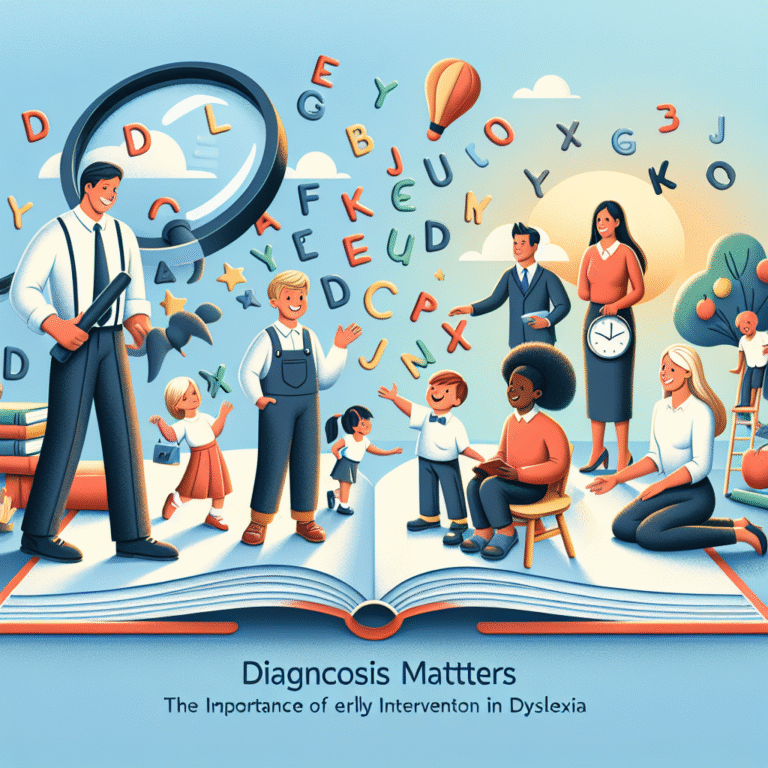
Introduction
Imagine a world where everything you see disappears the moment it’s out of sight. This was the reality for infants until they began to develop a crucial cognitive skill known as object permanence. Understanding this concept is fundamental not only for parents and educators but also for anyone interested in the captivating realm of infant psychology. In this article, we delve into the rich landscape of object permanence, revealing its profound importance and offering key insights that can transform your perspective on child development.
What is Object Permanence?
Object permanence refers to the understanding that objects continue to exist even when they cannot be seen, heard, or otherwise sensed. This cognitive milestone typically develops in infants around 4 to 7 months of age, marking a significant leap in their cognitive development.
Key Phases of Object Permanence Development
Stage 1: Birth to 4 Months
- Infants perceive the world primarily through sensory experiences, showing little awareness of the existence of objects when they are out of sight.
Stage 2: 4 to 8 Months
- Infants begin to search for partially hidden objects, indicating the emergence of rudimentary object permanence.
Stage 3: 8 to 12 Months
- At this stage, infants can find fully hidden objects, demonstrating their understanding that these items still exist even when not visible.
- Stage 4: 12 Months and Beyond
- Children display a fully developed understanding of object permanence, actively engaging in games like peek-a-boo that underscore their grasp of this concept.
The Importance of Object Permanence
Understanding the milestones of object permanence is not just an academic pursuit. It serves practical purposes that enhance our interactions with infants and shape their learning environments.
Emotional Development
The realization that objects exist independently of their sight paves the way for emotional growth. Infants learn to understand relationships better—when a caregiver leaves the room, they become aware that the caregiver will return.
Cognitive Growth
Cognitive skills hinge upon the understanding of object permanence. This concept lays the foundation for other psychological milestones, fostering skills such as memory, problem-solving, and understanding cause-and-effect relationships.
Social Interaction
Object permanence enables infants to engage more fully with their environments. Games like peek-a-boo become more than simple distractions; they are crucial to developing social skills and understanding social cues.
Case Study: The Peek-a-Boo Effect
A fascinating case study from early child psychology illustrates the significance of the peek-a-boo game. Research indicated that infants who frequently engaged in this game exhibited more advanced object permanence skills than those who did not. This correlation highlights how everyday interactions can bolster cognitive development related to object permanence.
| Age Group | Frequency of Peek-a-Boo Play | Object Permanence Score (Out of 10) |
|---|---|---|
| 4-6 months | High | 5 |
| 6-9 months | Moderate | 7 |
| 9-12 months | Low | 9 |
The Role of Play in Developing Object Permanence
Play is a vital mechanism through which infants explore their world, and it profoundly influences their understanding of object permanence.
Types of Play that Foster Object Permanence
Exploratory Play:
- Activities where infants manipulate objects help solidify their understanding of permanence.
Imitative Play:
- Engaging in actions modeled by caregivers can enhance object relationships, reinforcing permanence.
- Symbolic Play:
- Play that uses ideas or symbols further deepens the understanding of objects and their independent existence.
Case Study: Block Play
A study involving toddlers and block play showed that children who engaged in stacking blocks displayed stronger grasp of object permanence. Their ability to visualize the blocks, even when shielded from view, demonstrated a clear correlation between types of play and developing cognitive skills.
Challenges and Considerations
While the emergence of object permanence is generally expected, some infants may struggle with this concept. Factors influencing these variations include:
Influences on Object Permanence Development
Parental Interaction:
- Responsive parenting enhances cognitive skills, while neglect can hinder development.
Cultural Context:
- Different cultures engage in various parenting styles and play practices, influencing the timing of achieving object permanence.
- Environmental Stimuli:
- Exposure to diverse objects and interactions can enrich an infant’s cognitive experience, leading to quicker recognition of permanence.
Encouraging Object Permanence In Daily Interactions
Parents and caregivers can adopt strategies to promote the understanding of object permanence in infants:
Playful Interaction:
- Engage in games like peek-a-boo and hide-and-seek to enhance awareness of hidden objects.
Consistent Routines:
- Establishing predictable routines helps infants grasp the concept that certain objects (like caregivers) will reappear.
- Use of Visual Aids:
- Brightly colored toys and objects can capture attention and provide interesting visible stimuli that reinforce the idea of permanence.
Conclusion
The journey of understanding object permanence is an essential aspect of infant psychology that offers profound insights into child development. By fostering object permanence through interaction, play, and supportive environments, parents and caregivers can cultivate a solid cognitive foundation in their children. This journey is not only rewarding; it is vital for the emotional and social spheres of a child’s life.
Key Takeaway
Investing time in playful interactions that encourage object permanence pays dividends, not just in cognitive development, but in nurturing strong emotional bonds as well. Remember, each peek-a-boo game is more than play—it’s a stepping stone in the incredible journey of learning.
FAQs
1. What is object permanence, and why is it essential?
Object permanence is the understanding that objects continue to exist even when they’re not visible. It’s essential because it forms the basis for cognitive development and emotional relationships in infants.
2. At what age do infants develop object permanence?
Infants typically develop object permanence between 4 to 7 months of age, with full understanding often visible by the time they reach 12 months.
3. How can I encourage my baby to develop object permanence?
Engaging in games like peek-a-boo, maintaining consistent routines, and using colorful toys can all help reinforce the understanding of object permanence.
4. What are some signs that my child understands object permanence?
Signs include searching for hidden objects, showing excitement when a hidden person appears, and exploring their surroundings with curiosity about what’s out of view.
5. Are there any cultural differences in how object permanence is developed?
Yes, different cultural practices can influence how and when infants achieve object permanence, largely due to varying parenting styles and interaction patterns.
Understanding object permanence opens up an entire world of insights into how infants perceive and interact with their surroundings. Each discovery you make aids in grasping not only your child’s needs but also the magical complexities of human development.

















